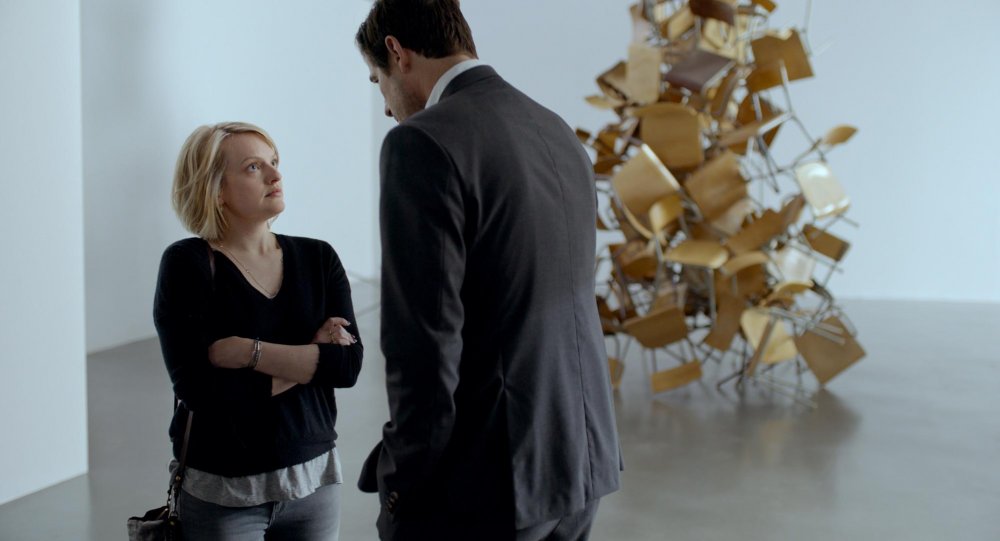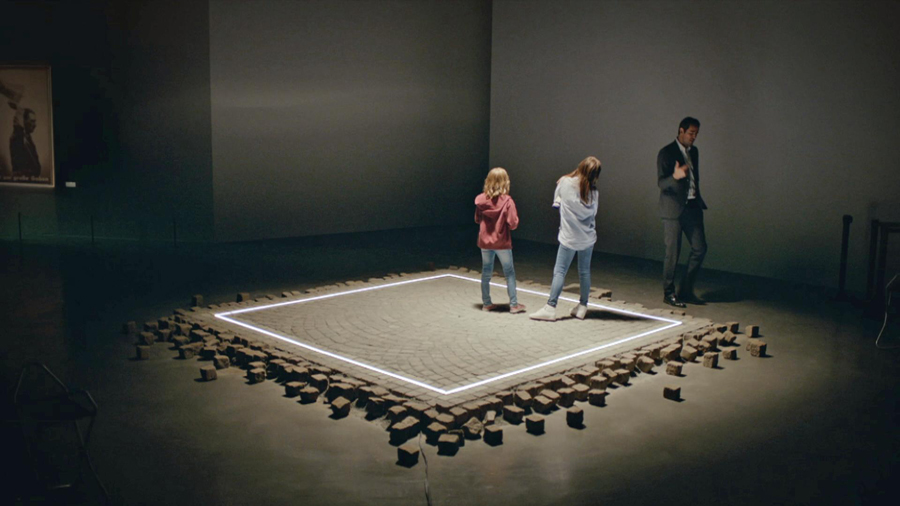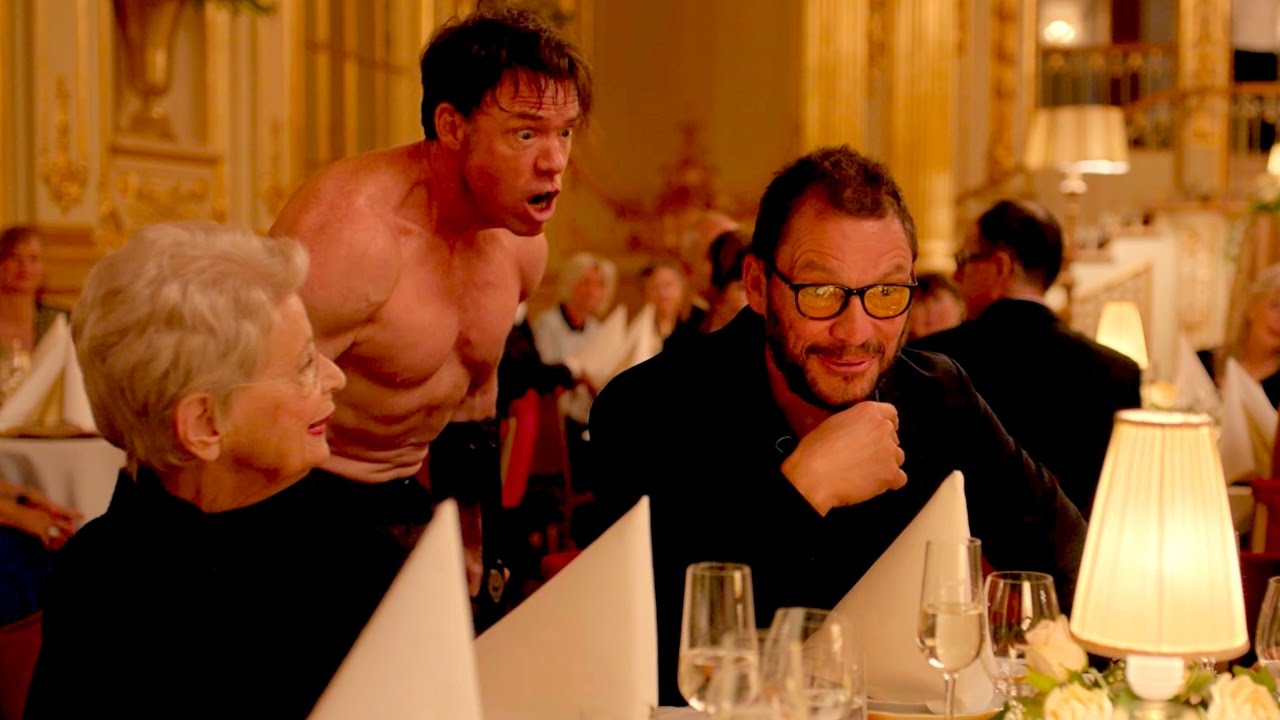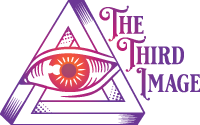The Square



“The Square is a sanctuary of trust and caring. Within its boundaries, we all share equal rights and obligations”. Thus states the plaque that accompanies The Square, a modern artwork displayed at the art gallery that our lead character manages. It can also be interpreted as a suggestion that the world is not such a place.
People display courage and pomp when saying they’ll do something, only to later fold and be cowardly when faced with the task at hand. Social structures are rigidly kept in place, as are racial and national categorisations. In one pivotal scene, arguably the film’s centrepiece, a crowd does nothing to intervene in an act happening directly in front of them that they know is a threat, until it’s too late.
Swedish director Ostlund’s previous film, Force Majeure (2014) tells the story of a family torn, when during a ski trip, the father does nothing to protect his wife and children and simply runs off when faced with an avalanche. All survive intact, but the father is left facing the question of why did he run instead of protecting his family. Other characters start asking themselves the same question, wondering how would they react; the women mistrusting the men, the men mistrusting themselves, feeling the pressure of what’s expected of them. Ostlund’s work is therefore known for raising difficult personal and social questions, and having the characters face them in awkward situations; the awkwardness then passing on to us as we too are left wondering how might we react in a given situation.
In The Square, our lead character, art gallery manager Christian, finds himself unwillingly defending a woman on the street against what looks like a violent domestic attack. Following the confrontation, he realises his phone, wallet and cufflinks are gone. Was the confrontation an act, a set-up, to rob him? He teams up with a colleague to find the thief, unaware of the rabbit hole he’s digging. In parallel with his amateur detective work, Christian is managing the launch of a new piece coming to his museum, The Square, and we watch as the marketing campaign for this exhibit develops – the museum want a modern, hip video for the young generation that will hopefully go viral, and end up producing a video so ridiculously inappropriate, so dark and controversial, I don’t think I’ve laughed harder all year whilst simultaneously lifting my jaw off of the floor.
Many of the conversations here feel uncomfortable and unpredictable, as if the characters don’t want to be there. A stand-out moment is between Christian and Elizabeth Moss’ journalist, as she confronts him about a one night stand they had, with the sound of a noisy work of modern art in the background piercing through, adding humour and discomfort to an already awkward and unpleasant scenario. In another scene, an artist gives a public interview only for one of the audience members to start shouting out insults and swearing; “cocksucker!”, “garbage!”, apparently as a symptom of the poor fellow’s Tourette’s. Or, is he simply expressing our true thoughts about the modern art that populates the film and the real world?
There is something unique and refreshing in Ostlund’s direction and visual choices. Every frame is wide, exposing a broad canvas for our eyes. The scenes feel longer in duration than is perhaps average. Every edit seems to happen at a slightly delayed rate. Each shot lingers just half a second longer than feels intuitively natural. It all makes for a more original viewing experience. Throw Dominic West and the previously mentioned Elizabeth Moss into the mix, and you have a dramatic, intriguing, hilarious, awkward, witty, dark and comic movie. Fun that is also thought-provoking and well deserving of its Cannes Film Festival win. A fine example of contemporary European indie cinema, tapping into the zeitgeist of our modern concerns, with humour and intelligence.
